Lively Daehangno Street - The Artists' Street
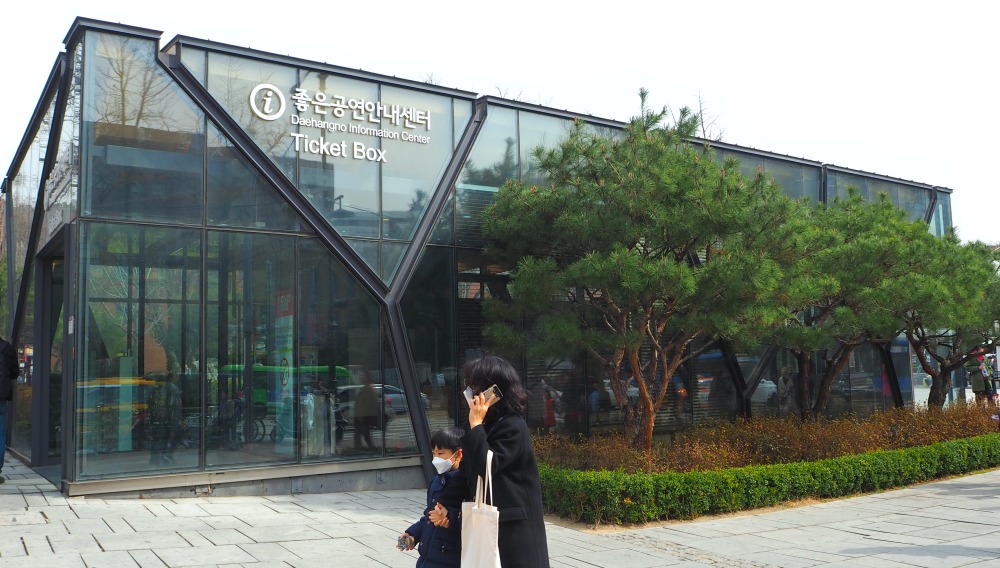 Information Center of Daehangno District Streets, Hyehwa-dong, Seoul
Information Center of Daehangno District Streets, Hyehwa-dong, SeoulIntroduction
Experience the pulse of Korea's vibrant arts scene at Daehangno Street, the heart of Seoul's theater district. Renowned as the 'Broadway of Seoul,' Daehangno is a hive of creative activity, hosting a dazzling array of live performances spanning drama, musicals, and dance.
Bustling with energy, this cultural hub is nestled in the university district, once the site of Seoul National University. It derives its name from 'Daehak-ro,' meaning 'university street.' Today, its youthful atmosphere is amplified by artists, students, and tourists thronging the trendy cafés, boutiques, and galleries that line the street.
At the heart of Daehangno is Marronnier Park, a popular gathering spot that often stages open-air performances. The park is named after its central chestnut tree and provides a peaceful green space amidst the lively cityscape.
Throughout the year, Daehangno Street transforms into a venue for numerous festivals, including the Seoul Theater Festival and Daehangno Street Performance Festival, further enriching the city's artistic landscape.
Whether you're an art enthusiast, a theater-goer, or a curious traveler, Daehangno Street offers a captivating peek into Seoul's artistic soul. Every corner resonates with creative energy here, celebrating the city's love for arts and culture.
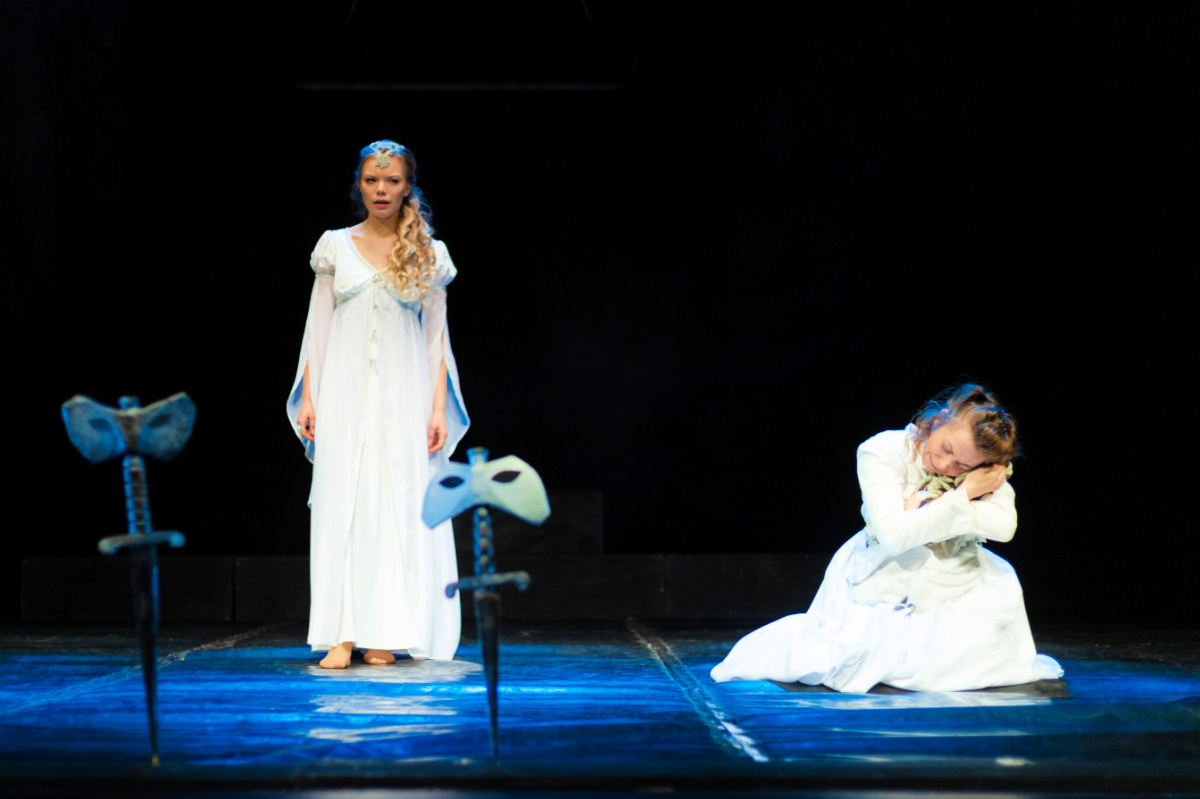 Stage performance
Stage performancedaehangno street
Daehangno Street is a famous street located at the soul of Seoul, South Korea. This district is known to be an area for young people and students.
More than that, it is where young artists try to hone their creative skills and promoting them to the public through actual practice and performance.
Daehangro Street is the former site of Seoul National University, the top higher education institution of the land. Although the university has been relocated to the more spacious area in Gwanak District, one can still find its remaining symbol—Seoul University Hospital.
What is left of SNU is a memorial sculpture placed in front of the art hall in the middle of Marronnier Park.
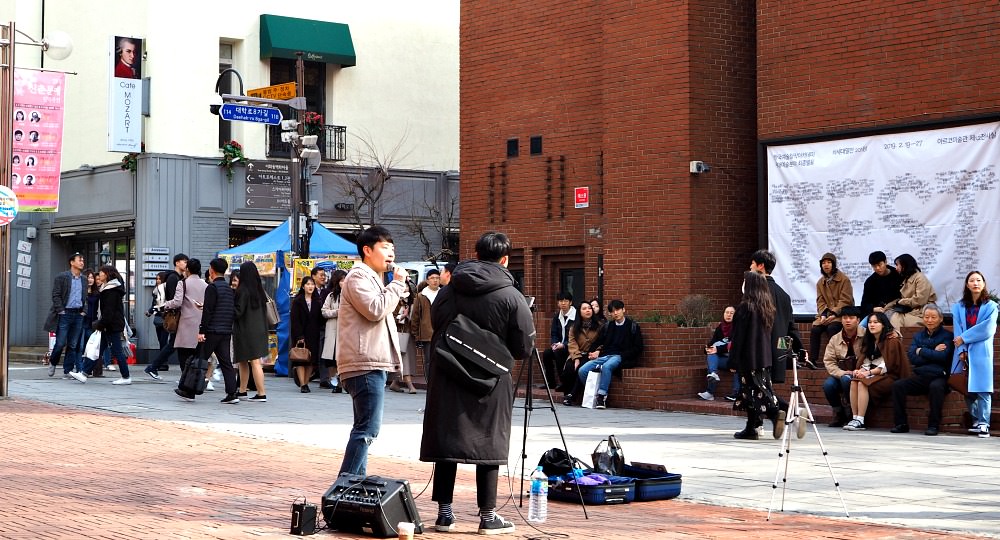 Young performers at Daehangno trying to develop their skills in singing
Young performers at Daehangno trying to develop their skills in singing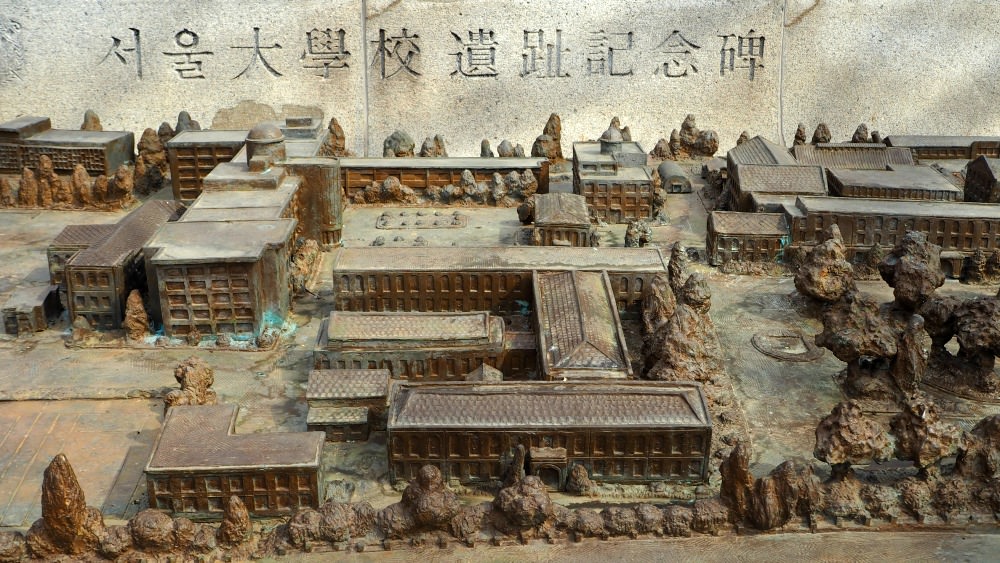 A bronze sculpture of Seoul National University at Daehangno's Marronnier Park
A bronze sculpture of Seoul National University at Daehangno's Marronnier ParkPhoto Inscriptions:
At 9:00 AM, 17 January in 1975, the last
lecture on Seoul National University’s Dongsung-dong campus was held in
Lecture Room 407 in the eScience Hall of the College of Liberal Arts and
Sciences. The lecture room was creaked with age, but how clear the
sound was! Although we will no longer run on the ground here, the
memories we hold will be cherished forever, with our heads held high
with pride. <24 March 1975, Seoul National University Newspaper>
Seoul
National University is Korea’s first national university and one of the
most important educational institutions in the country’s history. This
site commemorates the home of Seoul National University from its
inception in 1946 to 1975. During those years, the Dongsung-dong campus
housed the University headquarter, the College of Liberal Arts and
Sciences, and the College of Law. In front of the campus flowed a small
stream, endearingly called the “Seine River,” across which ran a bridge
colloquially know as the “Mirabeau Bridge.” In this romantic setting, a
unique academic culture was born, embodying some of the finest
principles and values in Korean society. Although Seoul National
University in 1975 moved to the Gwanak Campus, its current location, the
legacy of the Dongsung-dong Campus is everlasting.
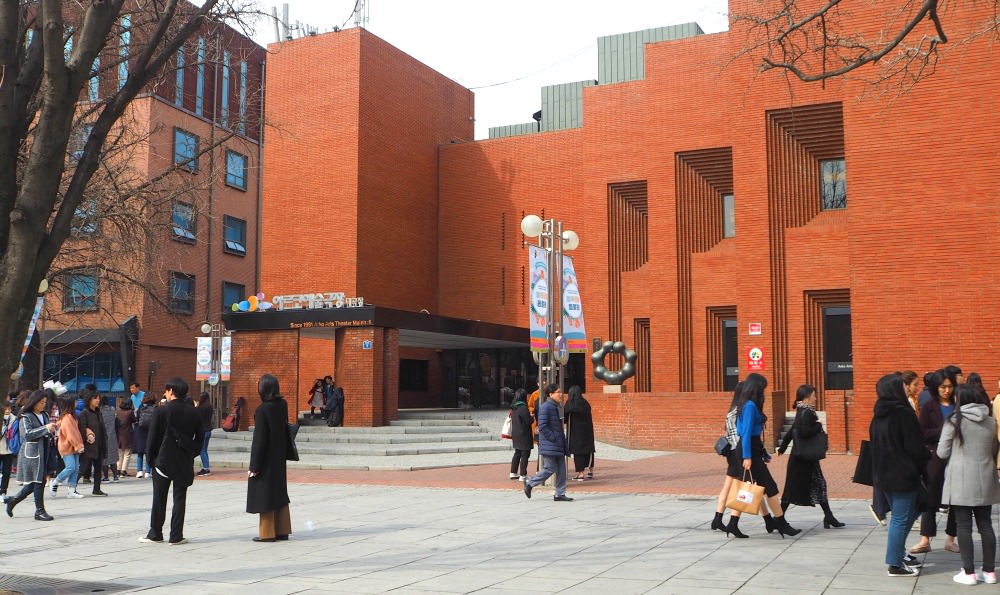 Daehangno Street at Marronnier Park
Daehangno Street at Marronnier Park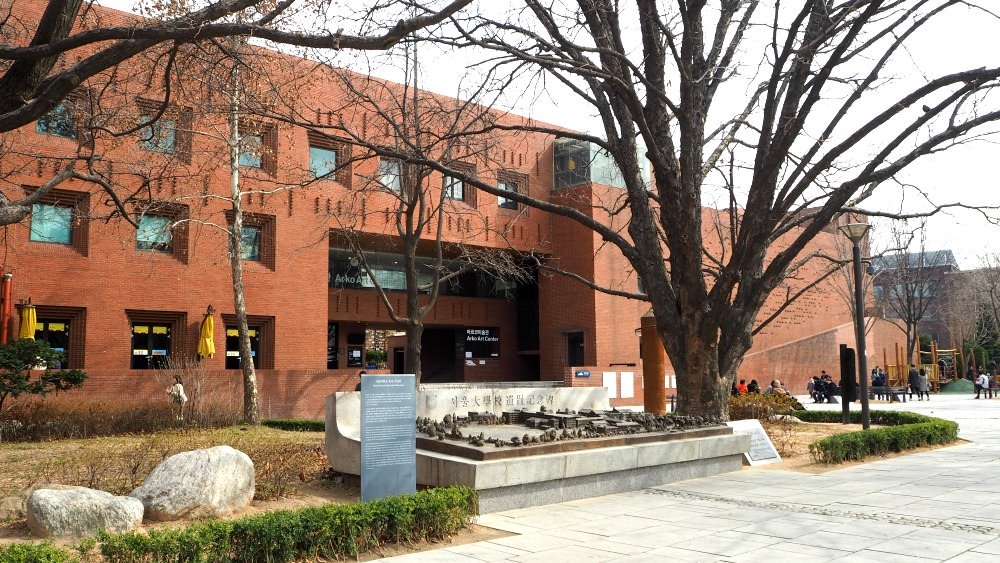 Arko Art Center at Marronier Park, Hyehwa-dong, Seoul
Arko Art Center at Marronier Park, Hyehwa-dong, SeoulBrief History
During the 1980s, arts and theatre groups started moving to Daehangno for some advantageous reasons. Such reasons could be the accessibility of the area and the already burgeoning of art structures in the area.
Soon after, the street turned into a cultural center where myriad of local artistic skills pool together and show off their talents through practice and public performances.
At Daehangno Street, one can readily see movie theaters, live-cafés, coffee shops, café’s, pubs, art shops, among others. Usually, performers and watchers extend their visit by going to such places.
The street transformed into an entertainment district just in a short period. Aside from its accessibility, Daehangno is not considered an ‘expensive’ neighborhood, and so it attracts people who are into real arts and not ‘classy’ or fancy things.
Daehangno is famous for its small theaters, among over 30 theaters that mushroomed in the district.
Some of the famous ones include the Parangsae (Blue Bird Theatre), Hakjeong Theater that is contributing to the popularity through the performances they hold.
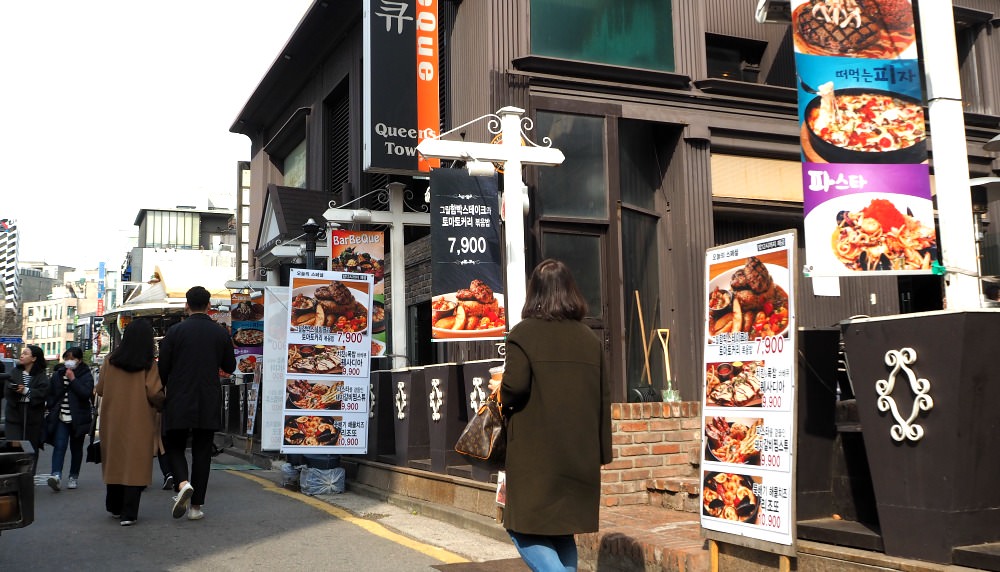 Daehangno Street restaurants, cafes, shops, etc.
Daehangno Street restaurants, cafes, shops, etc.Daehangno is now known as the ‘root’ of art performance district in Korea.
Being now famous and regularly visited by not only youngsters but people of various ages, Daehangro’s business environment is also flourishing.
You can see more restaurants (local and ethnic or international cuisines), fast food store branches, cafés, coffee shops, convenient stores, weekend markets, fancy accessories shops, clothing and bags, and small businesses and start-ups.
The exciting atmosphere and space of Daehangno District Streets are being loved more by the younger generation. One of such reasons is that it is close to an educational institution which promotes arts and creative field of studies.
OBSERVATION: Daehangno District Streets is gaining popularity not only locally but also outside the country. Foreign visitors come to enjoy public performances, shows in theatres, and simply explore the lively atmosphere.
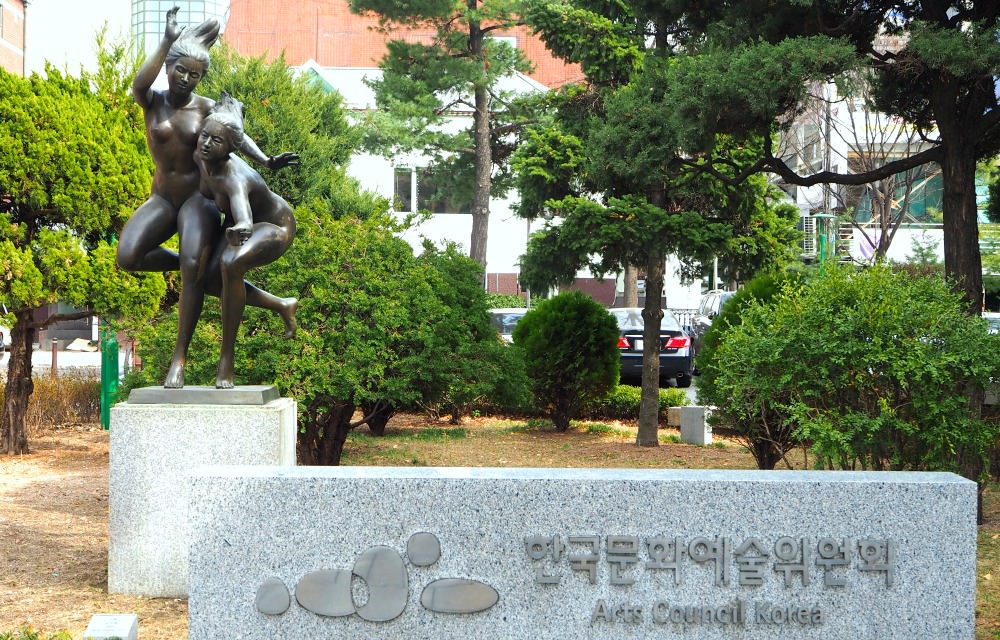 Bronze sculpture at Arts Council Korea building
Bronze sculpture at Arts Council Korea buildingHistoric Site: Arts Council Korea
The construction work of this
building began in August 1930 and finished in October 1931. It was a
brick building with 3 stories and was built as the main building of
Gyeongseong Imperial University. This building is called the Former
Administration Building of Seoul National University because it had been
used as the main building of this university for 27 years, since the
restoration of independence until 1972. The first modern Korean
architect, Park Gilryong, designed this building and it has 3 stories
above ground and a basement below. The exterior is covered with tiles of
bright brown color. The fact roof and plain exterior of the building
illustrate the tendency of architectures in the 1930s to pursue
modernism. The entire exterior of the 3rd floor and central entrance
porch take the form of a semicircular arch. Around the central entrance,
walls from fluent curves and make an elegant impression. The campus of
Seoul National University was moved to Sillim-dong in 1972, and it is
the only building which remains on the former campus site. Since the
move of Seoul National University, it has been used as an office
building for the Korean Culture and Arts Foundation. The name of this
organization changed to the Arts Council Korea in September 2005.
 Public performance stage at Marronnier Park, Daehangno
Public performance stage at Marronnier Park, DaehangnoFacilities & Transportation Access
Daehangno is a public space, and it has facilities that are either available for free or purchasable. If you plan on performing in one of the corners or on the stage, you need to reserve/register your activity.
Some of the facilities are the following...
- Public Washrooms (such as at Subway Stations)
- Tourism Information Center
- Sitting Areas
- Limited Parking Spaces (except at private facilities/businesses)
- Children’s Playing Facilities
- Performance Stage
- Café
Seoul Subway Line
Take Subway Line 4 and then get off at Hyehwa Station Exit #2 (or #1). Exit 2 is the closest to the Marronnier Park and art/performance centers.
Buses
Many buses travel in this area, both the express and regular ones.
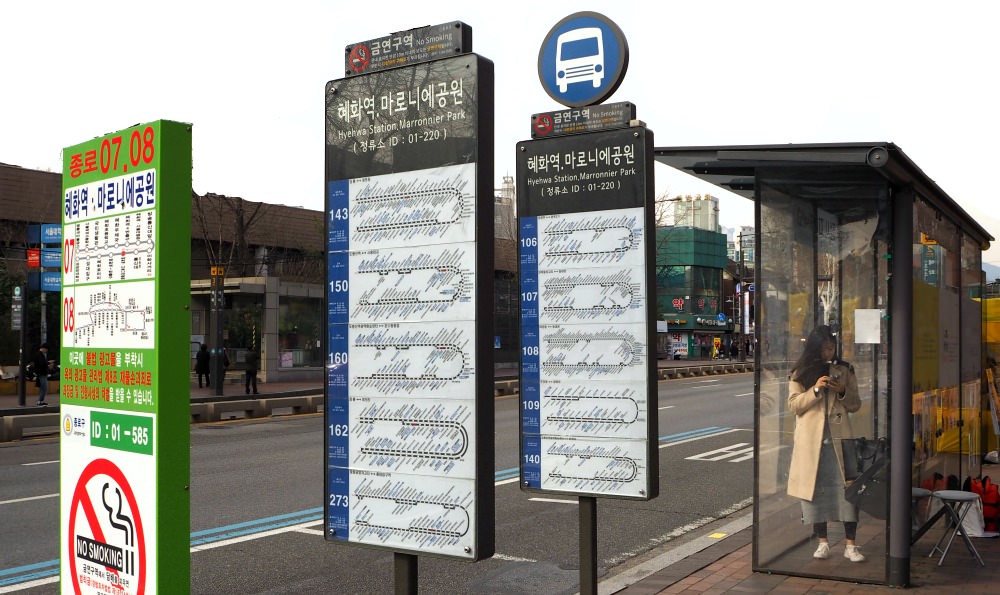 Bus Stop at Daehangno
Bus Stop at DaehangnoNearby Attractions & Institutions
Of course, there are many places you can explore nearby Daehangno District. You can shop at small stores dealing with traditional products or electronic products. Besides, spaces, parks and historic sites are also nearby.
- Marronnier Park
- Museums
- Concert Halls
- Accommodation (hotels, budget guesthouse, motels, etc)
- Movie Houses / Theatre
- Art Centers and Offices
- Seoul University Hospital & Medical School
Address: 12, Hyehwa-ro, Jongno-gu, Seoul
Thanks for viewing this page and hope this has helped you.
- Home
- Seoul Attractions Best
- Daehangno Street
Get Exciting Activities
Book one of our exciting activities today to experience the thrill of a lifetime! Take advantage of this opportunity and secure your spot in advance.
Hotel Map Guide
Find your affordable, accessible, and comfortable hotel in Seoul at Agoda.Com. See the hotel map below...
Hotel Booking Guide
Find affordable and amazing hotels on Agoda.com using the search box below. Book now to enjoy great discounts and save!
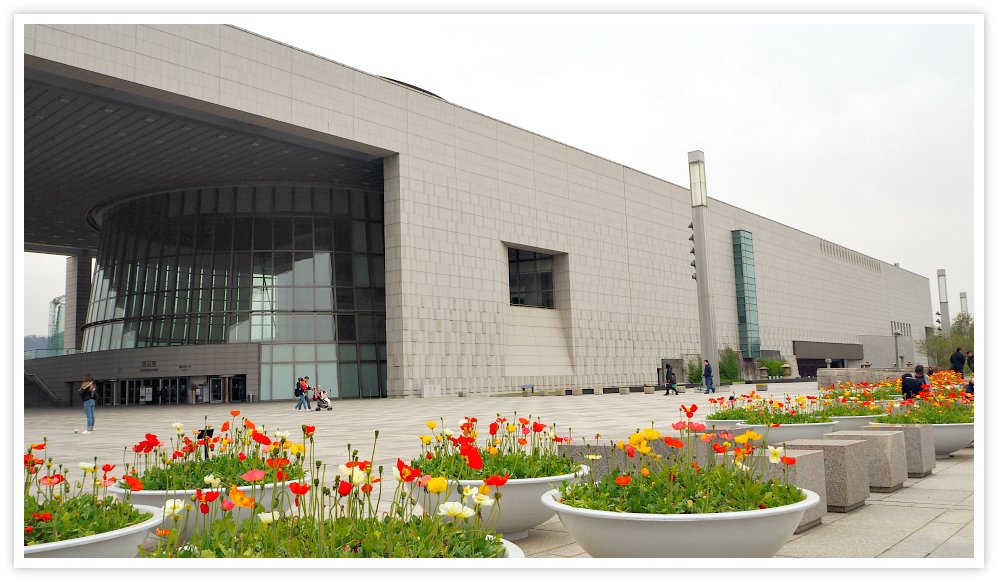

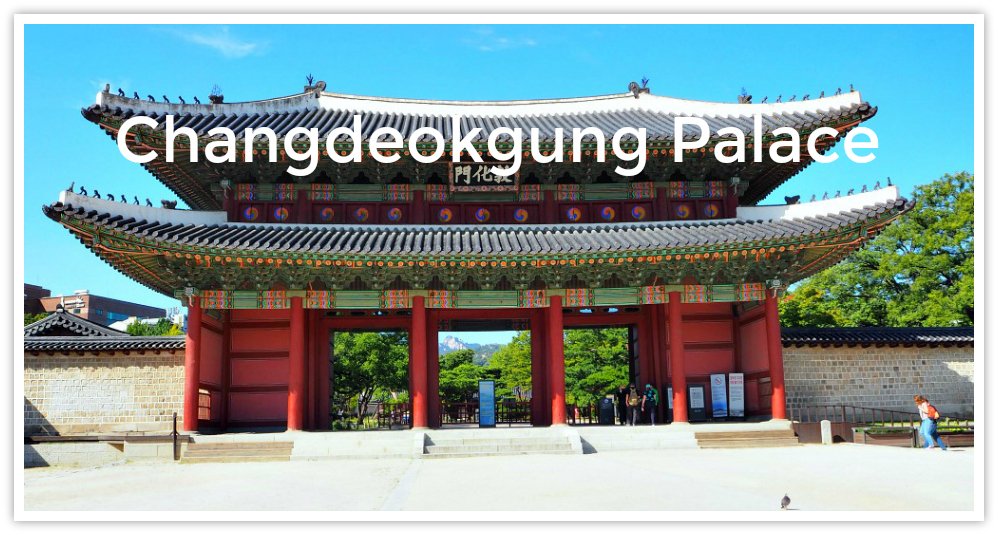




New! Comments
What do you think about this page? Leave me a comment in the box below.